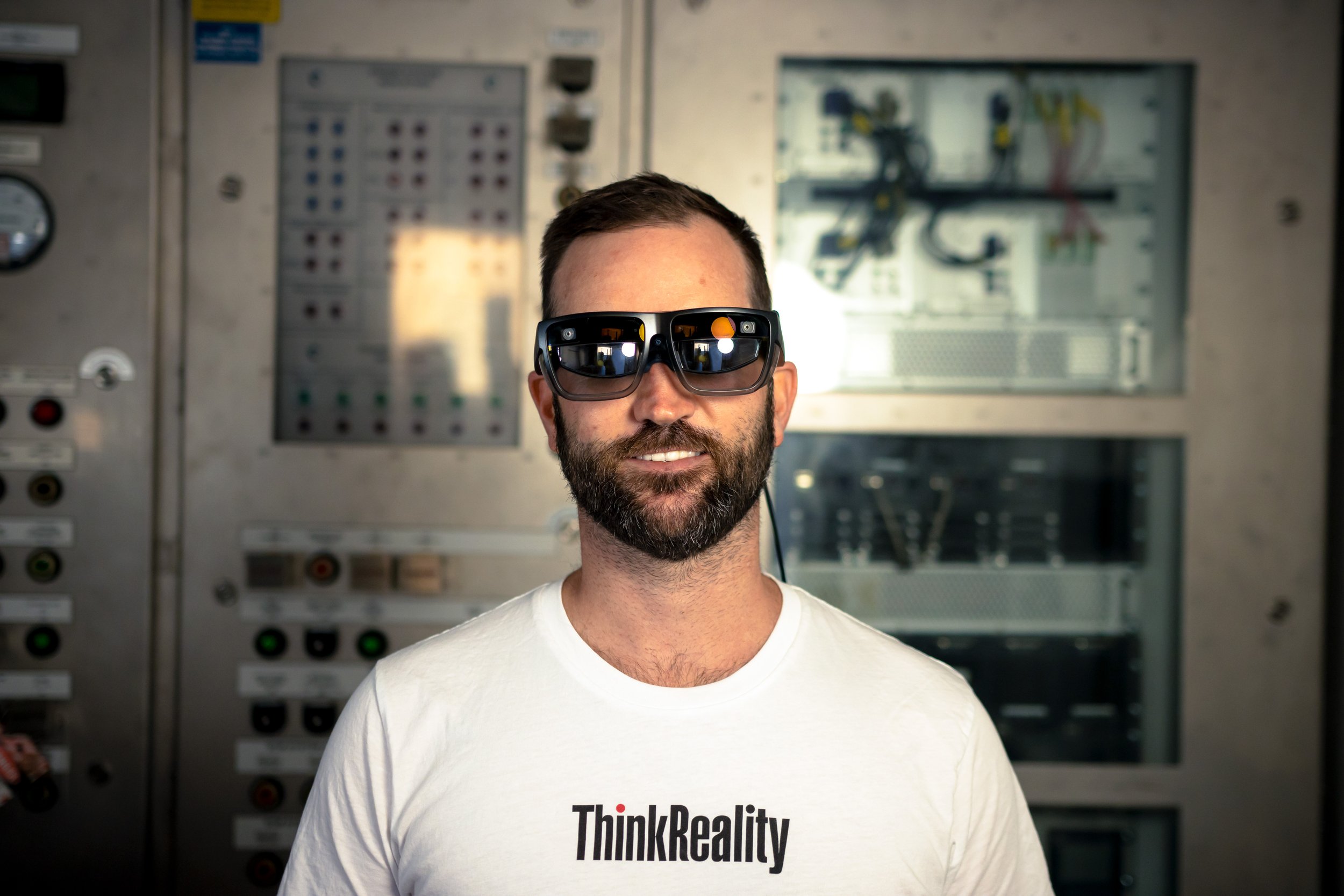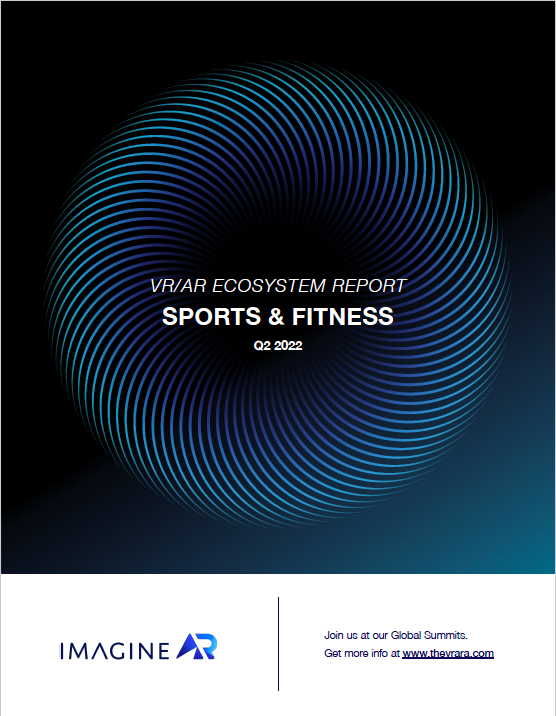Many users from the high-tech sectors of biochemistry / molecular research, geo-information (GIS, photogrammetry & LiDAR), medicine (CT, MRI & ultrasound) or construction (CAD, CAM & 3D printing) - often do not know which of the many software applications offered on the market are capable of stereoscopic visualization with spatial 3D-stereo and therefore true depth-perception, in contrast to the standard, flat and perspective, monoscopic representation.
After two years of intensive research and in cooperation with leading software manufacturers, the company Schneider Digital, recognized for its professional 4K/8K and VR/AR hardware solutions, has now published for the first time a global market overview of all 3D-stereo software solutions. More than 300 applications are currently listed and linked together with their creators in a monthly updated community-based database. Schneider Digital first checks the individual applications for their basic 3D-stereo functionality in order to then certify them individually for plug & play operation with its 3D monitors or the smart VR wall. The overview provides an open platform for users and software manufacturers, on which they can quickly and easily find stereoscopic software solutions tailored to their requirements:
https://www.3d-pluraview.com/en/application-field#su-software
Through the continuous maintenance of this central database, in which all worldwide relevant 3D-stereo software applications are listed, the company Schneider Digital provides users with an always up-to-date orientation aid, how their work processes and visualization quality can be improved using 3D-stereo technologies. A declared goal of the Miesbach-based company is to help as many software manufacturers as possible, to effectively integrate stereoscopic image output options into their existing applications. This offer is extended also to the implementation of a stereoscopic mouse pointer, which enables the user to directly and intuitively select every point, surface and edge in 3D space. Schneider Digital has been providing significant company resources for this pioneering work for more than two years. As a result, a manufacturer and hardware-independent "Open-Source Compendium" was created for the benefit of all software manufacturers and application users. At a glance, this global market overview shows which of the available software applications really have native 3D-stereo capability. In other words - "which software is able to display 3D data true-to detail, holographically, as real objects in 3D space, and which software already has a 3D-stereo cursor"?
Cross-industry compendium of 3D-stereo applications
Following the vision of creating a comprehensive market overview of all relevant 3D-stereo applications, Schneider Digital tested more than 300 software applications for their 3D-stereo functionality. The company has already certified most of them for operation with its own, passive 3D monitor systems, the 3D PluraView monitors.
Software solutions from the geospatial industry, from medicine, CAx, DCC/CGI and biotech sectors and many others, can be found under the download link https://www.3d-pluraview.com/en/application-field#su-software. The applications are sorted according to software and areas of use. They are listed and linked in alphabetical order, including information about the respective manufacturer. With the help of this overview, software manufacturers and users can quickly and easily find a solution that is tailored to their requirements. It is also planned to further expand this collection with video tutorials for 3D-stereo configuration settings and include also a graphics card database with all suitable, stereo-capable and professional graphic cards. The project initiator and CEO of Schneider Digital, Josef Schneider, summarizes the goal of the project as follows:
“Our vision is the continuous expansion of this market overview, creating a complete, community-based database of all relevant 3D-stereo applications. In addition to listing all manufacturers and applications, we also want to integrate the relevant documentation, ‘how-to’ guides and video tutorials for the software configuration there.”
More than 300 3D-stereo solutions at a glance: www.3D-PluraVIEW.com
Most of the currently more than 300 software solutions have been extensively tested by Schneider Digital for their 3D functionality and certified for use with 3D monitors or power walls. The geospatial section includes leading 3D software applications from Esri, Hexagon, Bentley, Trimble, DAT/EM Systems, and Terrasolid, among many others. The "Medical" category includes, for example, the 3D Slicer software from KITWARE, the 3D application Stereotaxy from Brainlab, Vesalius3D, and the 3D software syngo.foursight TEE & Cinematic Anatomy from Siemens. All 3D software applications listed in the overview are widespread solutions for sophisticated visualization. For design and modeling in the CAx area, 3D-stereo solutions are listed, e.g. from Autodesk, Dassault Systems, PTC, Siemens and ESI. Autodesk, Blender, Dassault Systems, KeyShot, and Lumiscaphe offer professional 3D software solutions for design and rendering. “Our goal is to make stereo technology more widespread in the market for use with professional applications. We would like to further establish the advantages of working and visualization in 3D-stereo for the most important industry applications," says Josef Schneider, summarizing the benefits of the market overview.
The market overview created by Schneider Digital with its more than 300 "real" 3D-stereo capable applications serves users and software manufacturers alike as an effective guide. The company makes the list of 3D-capable software applications available for download on its website at:
https://www.3d-pluraview.com/en/application-field#su-software.
If you are not on the list with your 3D-stereo software application and would like to be included, please email Schneider Digital at software@pluraview.com.
Direct download of the PDF market overviews:
3D-Stereo Applications by Category
3D-Stereo Applications by Manufacturer
Complete 3D-stereo workstation solutions - a powerful combination of software and hardware
Working with holographically displayed 3D models is becoming increasingly established in application areas such as research, analytics, development, construction, design or medical diagnostics. The passive-stereo 3D PluraView monitors are now the industry standard for all stereoscopic software applications because they guarantee precise 3D-stereo visualization with the highest resolution of up to 4K per eye. They are used in a wide variety of areas, such as photogrammetry, GIS/mapping, LiDAR point clouds, laser scanning, oil & gas exploration, archaeology, AEC/BIM, visualization of 3D city models, CAx, medical or biotechnology and molecular chemistry.
3D visualization is a complex subject which can only lead to excellent, industrial-grade visualization results, if the software and hardware components work flawlessly together. Schneider Digital has over 25 years of industry and product experience with sophisticated professional hardware and has gathered detailed market knowledge and application expertise over these years. Schneider's experience has proved: the combination of computing performance and visualization technology is essential! If you use a 3D-stereo software solution and want to work stereoscopically - or with VR/AR - you need a competent CPU/GPU hardware combination. Only in perfect interaction with powerful, professional hardware can landscapes, buildings, entire cities, complex CAD models, GIS infrastructure, industrial processes or human anatomy be processed and visualized in three dimensions, true to detail, efficiently and smoothly. The larger the data sets to be processed are, the higher the demands on the performance of the workstations and the image quality of the 3D monitors. Professional users with demanding 3D work tasks benefit from the Schneider Digital’s visualization technology, in combination with high-performance workstations and 3D/VR/AR input devices as complete workplace solutions.
Image Title:
Vendor-neutral and hardware-independent open-source compendium: Schneider Digital regularly publishes a global market overview of 3D-capable software solutions. Over 300 applications have already been tested for their 3D stereo functionality and certified for operation with 3D monitors or power walls.
Schneider Digital – The company:
Schneider Digital is a global full-service solution provider for professional 3D-stereo, 4K/8K and VR/AR hardware. Based on its 25 years of industry and product experience as well as its excellent relationships with leading manufacturers, Schneider Digital offers innovative, sophisticated professional hardware products and customized complete solutions for professional use. Qualified advice and committed after-sales service are the company's own standards.
The Schneider Digital product portfolio includes the right professional hardware solution for the respective requirements in these areas: High resolution 4K/8K to multi-display walls. Schneider Digital is the manufacturer of its own powerwall solution smartVR-Wall and the passive stereo monitor 3D PluraView. Performance workstations and professional graphics cards from AMD and NVIDIA as well as innovative hardware peripherals (tracking, input devices, etc.) round off the product range. Many articles are in stock. This guarantees fast delivery and project realization.
Schneider Digital is an authorised service distributor of AMD FirePRO/Radeon Pro, PNY/NVIDIA Quadro, 3Dconnexion, Stealth int., Planar and EIZO. Schneider Digital products are used primarily in graphics-intensive computer applications such as CAD/CAM/CAE, FEM, CFD, simulation, GIS, architecture, medicine and research, film, TV, animation and digital imaging.
Further information is available at www.schneider-digital.com and www.3d-pluraview.com.
Schneider Digital press contact:
LEAD Industrie-Marketing GmbH
André Geßner
Tel.: +49 80 22 - 91 53
188Hauptstr.46 D-83684 Tegernsee
E-Mail: agessner@lead-industrie-marketing.de
Internet: www.lead-industrie-marketing.de










